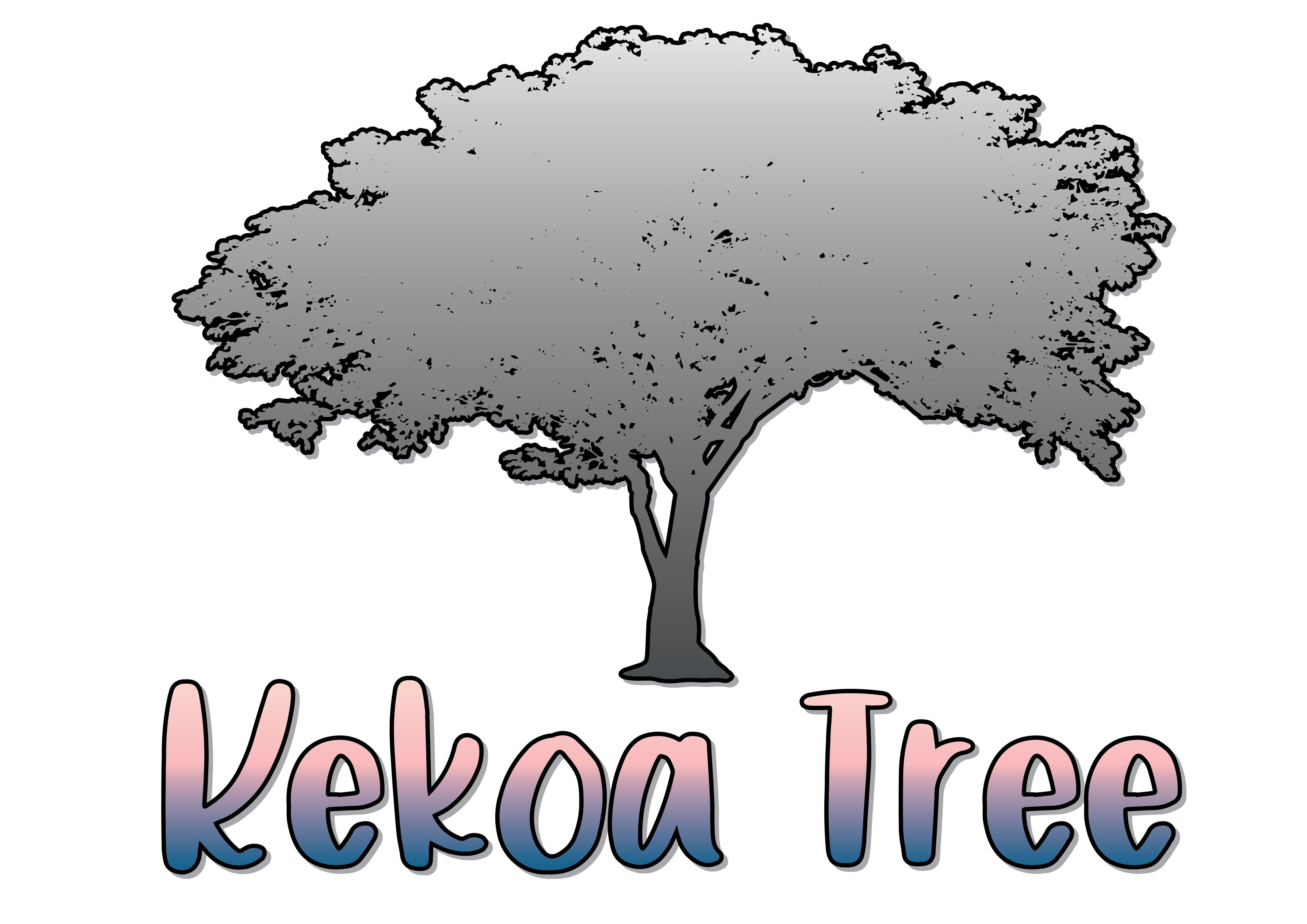
Literacy is a continuum of skills that begins with an ability to develop auditory processing skills as a foundational building block which then streams to phonological awareness (or phonemic awareness) skills. Despite the many differing and often controversial views of teaching reading, phonemic awareness is based on a bottom-up rationale to building on literacy skills.
Phonemic awareness stems from the smallest unit of sound (called a phoneme) and is based on the fact that sounds also have meaning (known as ‘morphology’). A phoneme is an individual sound such as /s/ or /f/ or /a/. Morphology refers to a small meaningful unit of sound that gives meaning or changes meaning in a word.
Though some may think that reading starts with looking at words, it begins long before this when babies mouth board books as sensory exploration and holding tiny, chunky books that create the first interaction of babies and books! Holding a book and identifying its cover and the correct orientation (front/back, right-side up) is also an introduction to literacy.
Stages of Early Literacy
I like books.
Playing with books, mouthing books and manipulating them even as babies facilitates a love of holding onto a book and then eventually reading it.
I hear sounds.
Being able to listen to sounds and manipulate them whether it be a single phoneme (sound) or a string of sounds is what is called Phonological Awareness (or phonemic awareness). Without hearing differences in sounds, it is extremely difficult to string sounds together or decode (read) words.
I learn words.
Expanding on vocabulary and exposing children to new words and vocabulary (as well as talking about different words that have the same meaning, for example ‘big’ can be expressed as ‘huge, monstrous, gigantic, enormous, gargantuan’) is critical to develop reading skills as well as language.
I tell a story.
Learning that stories have a beginning, middle and end helps children develop language skills, cognitive skills and an understanding of how to build narratives.
I see words.
Print awareness allows children to recognize written letters and become familiar with the shapes of letters and how they are strung together to form words that can be decoded (read) which gives meaning.
I know letters.
Knowing letter names is actually a skill that can come later. Though many children are taught letter names first, it is in fact the sound of a letter that needs to precede the naming of letters.
Lets take the example of /s/ added to the end of a word, which can have several meanings:
- Singular/plural: one cat vs 3 cats
- Possession: The cat’s milk.
- Third Person Singular Verb Tense: The cat climbs.

Phonemic Awareness Skills Include:
- Rhyme awareness – same/different
- Production of rhyming words
- Counting words, syllables
- Identification of initial sounds, final, and medial sounds
- Sound substitution
- Sound segmenting
- Sound blending
- Sound manipulation and replacement

Phonemic Awareness Skills Build on a Hierarchy of Skills

